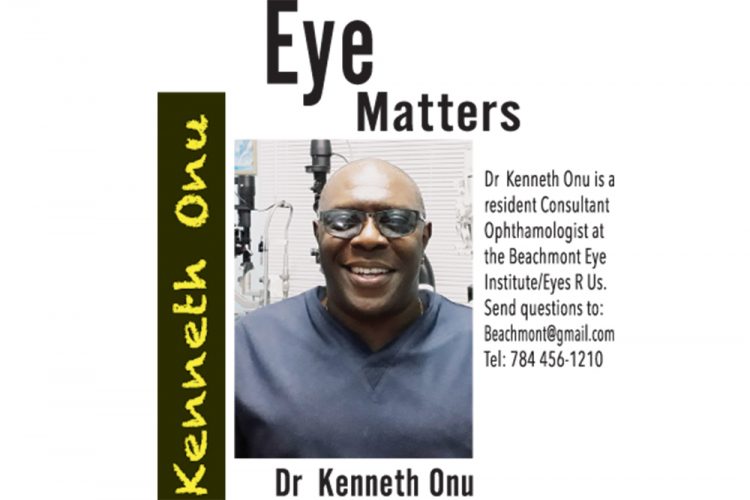Vision problems and learning disability

It is estimated that 80 per cent of children with a learning disability have an undiagnosed vision problem.
August is the vision and learning month. In order to drive home this message of the important link between vision and learning, here are some things you should know.
Many vision problems are often missed by routine vision screening. Even vision examinations that are more thorough can sometimes lead to a false negative result.
It must be noted that when the vision problems go undetected children almost invariably have trouble reading and doing their schoolwork.
These statistics should be a wake-up call to special education professionals all over the world.
Added to that, today we are bombarded by digital devices from all over the world. It used to only be the television and the PC. Now we have smartphones, tablets, notebooks and a myriad of other digital devices that add to the challenges children have with their eyes.
Early Eye Tests Are Important To Ensure That Children Have Normal Vision To Perform Better At School And When Playing.
Checking your child’s eyesight early is also extremely important because children need the following skills for learning: ? Distance vision ? Near Vision ? Good Eye Movement ? Binocular Coordination (use of both eyes simultaneously) ? Great Hand-Eye Coordination ? Good Focusing Abilities ? Peripheral awareness Dyslexia and ADHD symptoms are sometimes similar to vision problems.
Also, children can have a learning disability and a vision problem at the same time. For this reason, any child diagnosed with a learning disability should have an eye examination.
Here are the ABCs of signs and symptoms that may signal trouble in vision during your child’s school years. You should look for these in your child.
A. Appearance. Your child could have frequent styes and encrusted lids, watery eyes, red eyes, crossed eyes, or eyes pointed out up or down– those are things that you should look for.
B. Behavior. Look for head turning, excessive head movement, rocking back and forth, rigid body posture, avoidance of close work, and squinting or closing of one eye. Also, look for sitting too close to the TV, constant rubbing of the eyes and blinking with much effort.
C. Complaints. Look for double vision, burning while reading, itchy eyes, nausea or dizziness, headaches, blurred vision, or eyes tiring quickly while reading. If any of these symptoms or signs show up, you should contact your eye doctor for a complete eye examination.
So folks, remember your ABCs and look out for the signs For the month of August Eyes R Us will be conducting a BACK TO SCHOOL Program for Students, Teachers, and Parents. Get the details at http://www.beachmonteyes.net/backtoschool or facebook.com/beachmonteyes or Call 4561210. Whatsapp 4949136 Remember to keep an eye on your eyes









